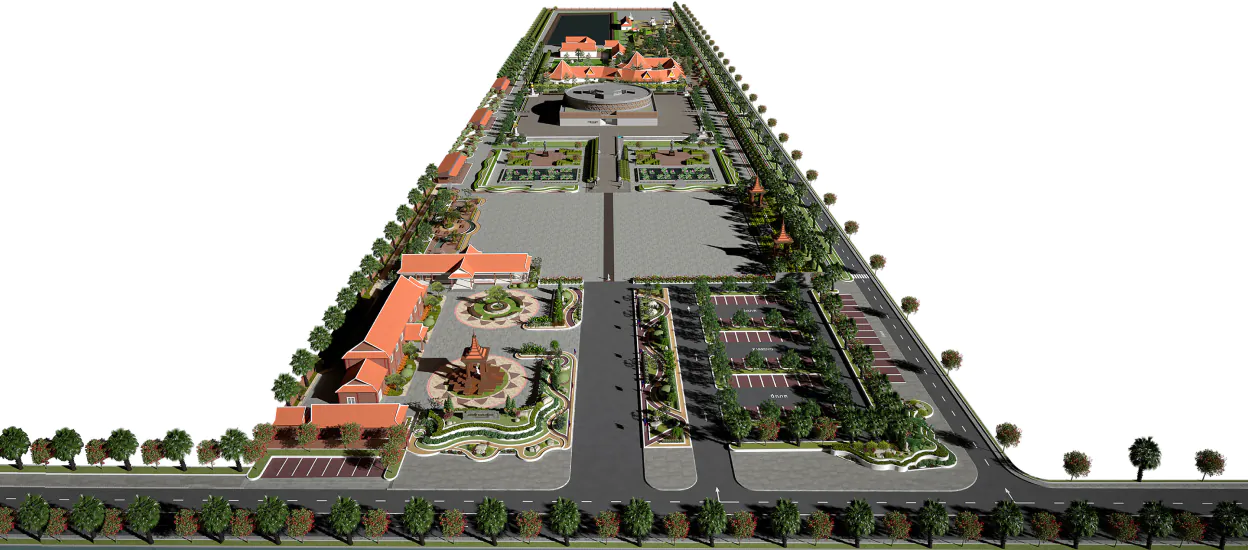
Nestled in the serene locale of Anlong Pir Village, Trapeang Thom Commune, Prasat Bakong District, Siem Reap Province, lies the Peace Museum of Mine Action (PMA). This modest museum finds its home within a small exhibition room within DU4, under the watchful eye of CMAC HQ in Phnom Penh. Initially conceived as an informational hub for mine action efforts, the museum has since evolved into the grand "Peace Museum of Mine Action," embodying CMAC's core values and striving to educate the younger generation about Cambodia's wartime legacy. The inauguration of PMA in July of the year 2017 was a significant event, drawing high-ranking officials, embassies, donors, and development partners who gathered to celebrate its mission. Presently, PMA is in the midst of expansion, with ambitious plans to transform into the Techo Peace Museum (TPM), named by Samdech Techo Prime Minister Hun Sen via an electronic note dated 09 June 2023, and generously supported by the People and Government of Japan. Scheduled for completion in 2025, TPM will stand as a beacon of peace, welcoming visitors from around the globe to witness Cambodia's journey firsthand.
The museum serves as a venue, facilities, resources and means for training, education promotion of awareness of war impacts and the process of peace building.

Building a spirit of peace amongst new and young generation
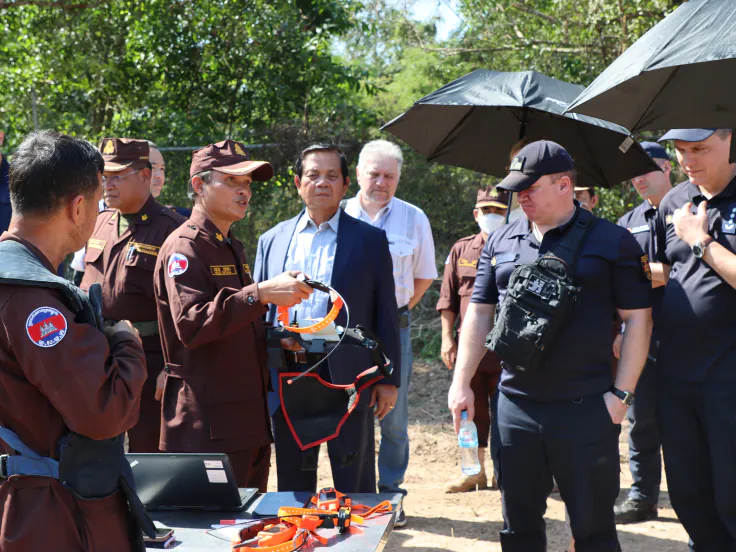
Providing knowledge and skill in mine action
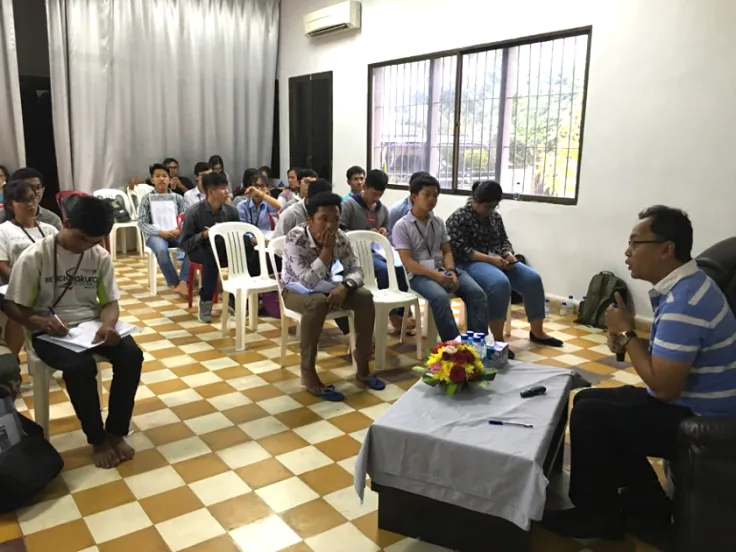
Promote culture of Peace & Reconciliation to public (In Collaboration with Toul Sleng Genocide Museum and Anlong Veng Peace Center)
In the present museum there are indoor and outdoor exhibitions. In the indoor exhibition, visitors can learn about the history of the war and see explosive remnants of war displays as well as CMAC’s demining activities with introduction of demining equipment, research and development, and victim assistance and post clearance development. In the outdoor exhibition, visitors can observe how to get mines laid, damaged machineries by anti-tank mines, equipment and demining machines on display.
More than 33 thousand visitors from national and various countries visited the Museum from July 2017 to 2020 including Cambodian, Japanese, Australian, American, European, Chinese, and other countries.
There were 1,694 visitors in 2023.
| January | 82 |
|---|---|
| February | 115 |
| March | 150 |
| April | 140 |
| May | 88 |
| June | 65 |
| July | 263 |
| August | 294 |
| September | 86 |
| October | 114 |
| November | 204 |
| December | 93 |
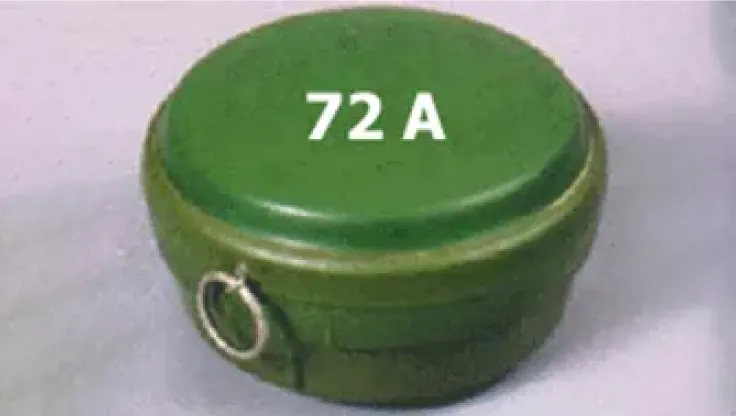
Blast Mines (Anti-Personnel)
Anti-personnel blast mines are triggered by light pressure, exploding to injure or kill individuals, often targeting the lower limbs. They are buried just under the surface and banned by international treaties due to their long-lasting threat to civilians.
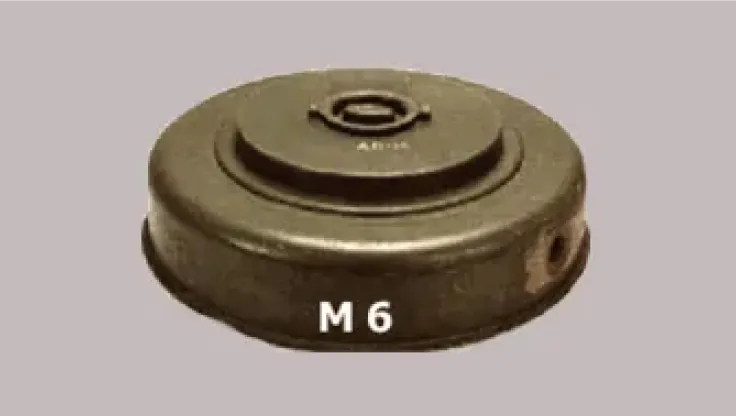
Blast Mines (Anti-Tank)
Anti-tank blast mines are designed to destroy or disable vehicles. They require heavy pressure from vehicles to detonate and contain large explosive charges. These mines cause severe damage to armored vehicles, often rendering them immobile.
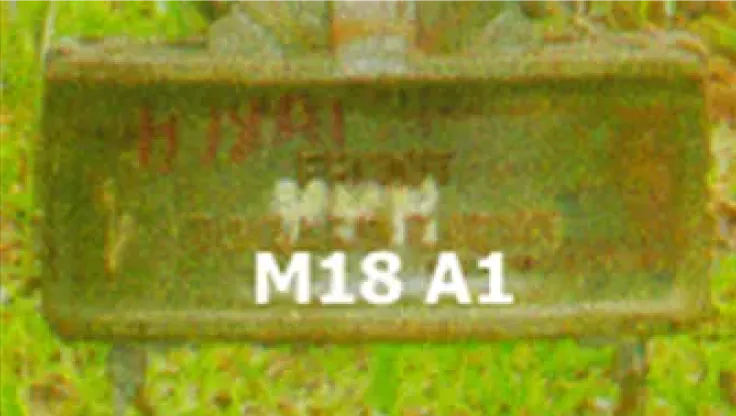
Directional Fragmentation Mines
Directional fragmentation mines project lethal metal fragments in a specific direction when triggered. Activated by command or tripwires, these mines are used in defensive setups, covering key areas with a wide, concentrated spray of shrapnel.
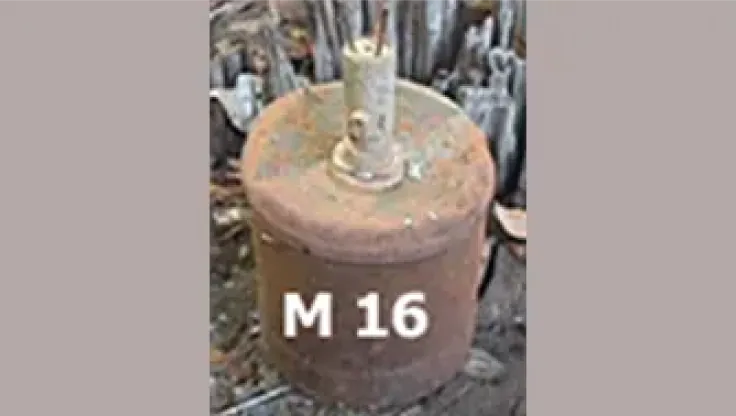
Bounding Fragmentation Mines
Bounding fragmentation mines jump into the air before detonating, spreading lethal fragments over a wide area. Triggered by pressure or tripwires, these mines explode at torso height, making them more dangerous and harder to avoid.
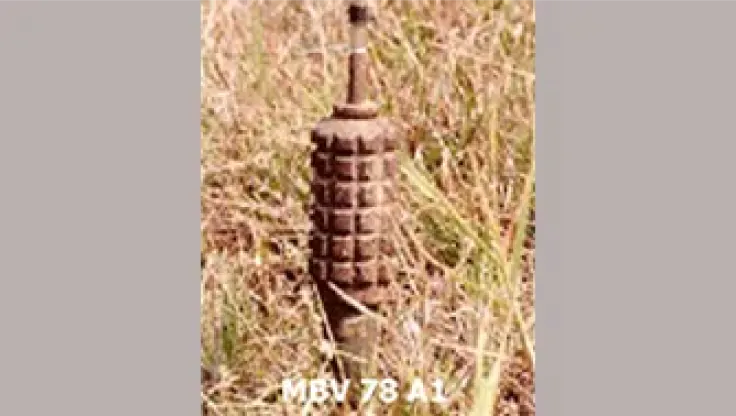
Fragmentation Mines
Fragmentation mines scatter sharp metal fragments in all directions upon detonation. They are triggered by pressure or tripwires and are designed to injure or kill anyone nearby, causing indiscriminate damage over a wide area.
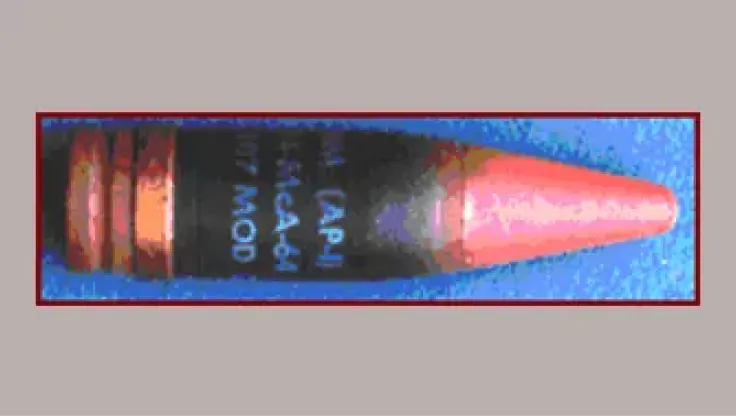
Artillery
Artillery refers to large-caliber weapons like cannons, howitzers, and rocket launchers, used to fire projectiles over long distances. It is typically employed for bombardment and area denial, delivering explosive, incendiary, or chemical rounds onto enemy positions.
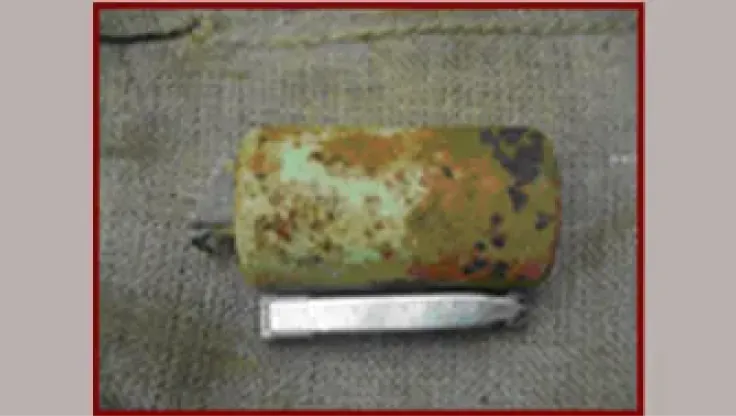
Cluster Bombs
Cluster bombs are weapons that release smaller bomblets over a wide area. Designed to target groups, they are highly controversial due to their long-lasting danger to civilians, as unexploded bomblets can remain hazardous for years.
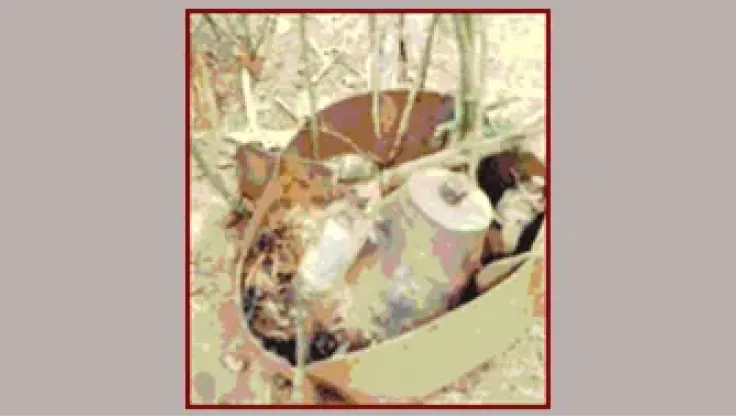
Cluster Dispenser Bombs
Similar to cluster bombs, cluster dispenser bombs carry multiple submunitions inside. Upon deployment, the bomb opens and disperses these submunitions over a target area. These bombs are used to attack both personnel and armored vehicles.
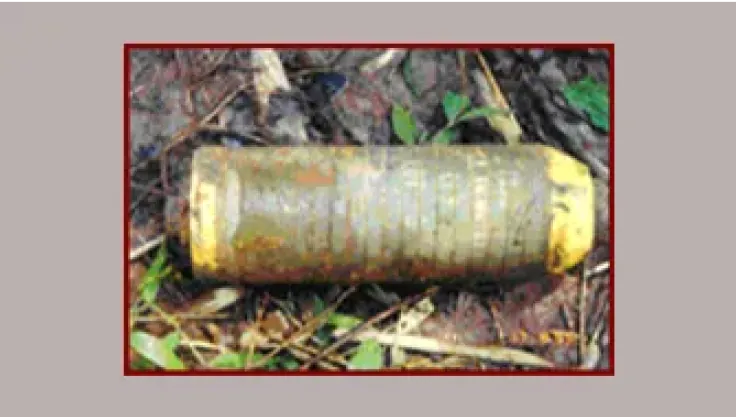
Fragmentation Bombs
Fragmentation bombs are designed to explode and scatter sharp metal fragments over a wide radius. They are effective against infantry and soft targets, causing injuries or fatalities by shrapnel spread over the impact zone.
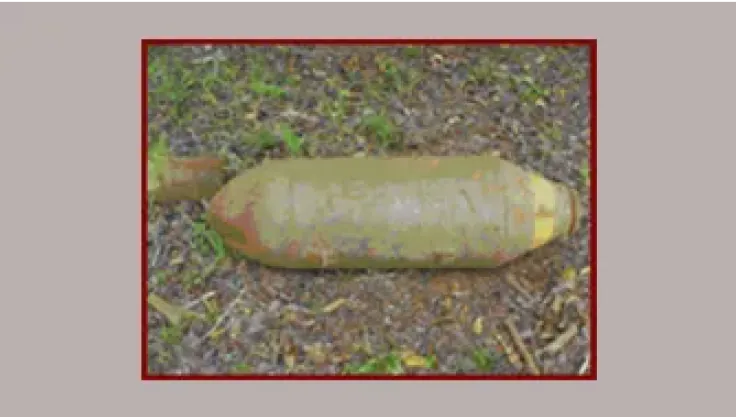
General Purpose Bombs
General purpose bombs are versatile explosive devices used by air forces. They balance between penetration and fragmentation effects, making them suitable for various targets like buildings, vehicles, and lightly armored structures.
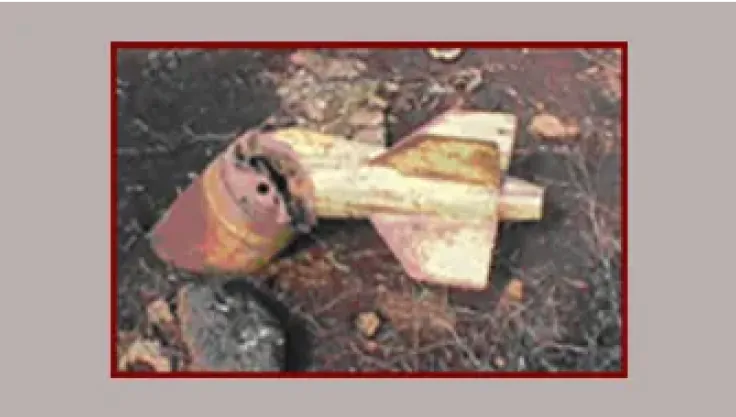
General Purpose Low Drag Bombs
These are streamlined general-purpose bombs designed to reduce air resistance, allowing for more accurate targeting. Their low-drag shape enables them to maintain velocity and precision when dropped from high altitudes.
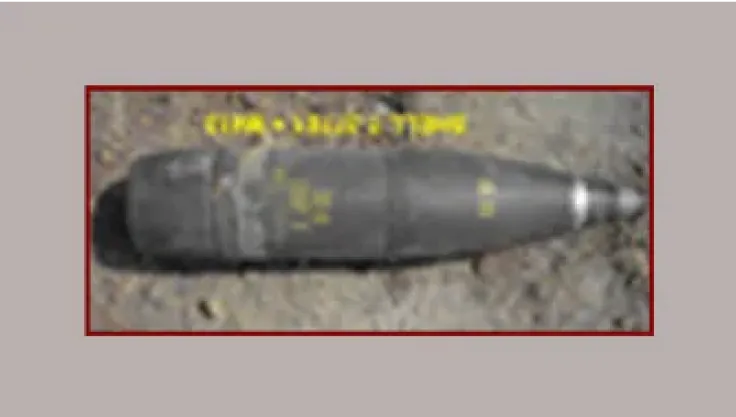
Grenades
Grenades are small hand-thrown or launcher-fired explosive devices. They are used in close-quarters combat to injure or kill enemies through shrapnel or blast effects. Types include fragmentation, smoke, and incendiary grenades.
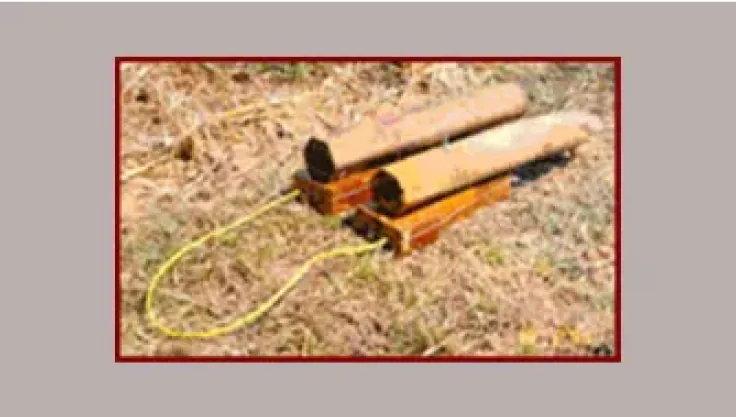
Incendiary Bombs
Incendiary bombs are designed to ignite fires upon detonation. They contain materials like napalm or thermite that burn intensely, causing widespread damage to structures and equipment, and are used for area denial and destruction.
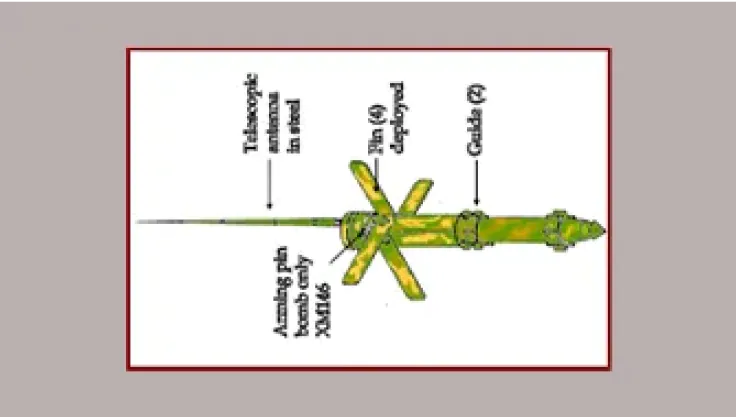
Sensors
Military sensors are devices used to detect movement, heat, sound, or other signals. They are essential for surveillance, targeting, and triggering automated defenses, often integrated into smart bombs or landmines.
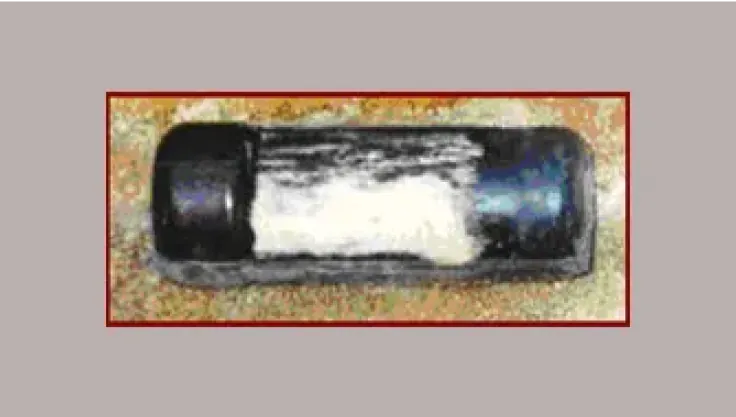
Toxic
Toxic refers to chemical substances that are harmful or deadly when inhaled, ingested, or touched. In military terms, toxic agents include chemical warfare agents like sarin or mustard gas, used to incapacitate or kill enemy forces.